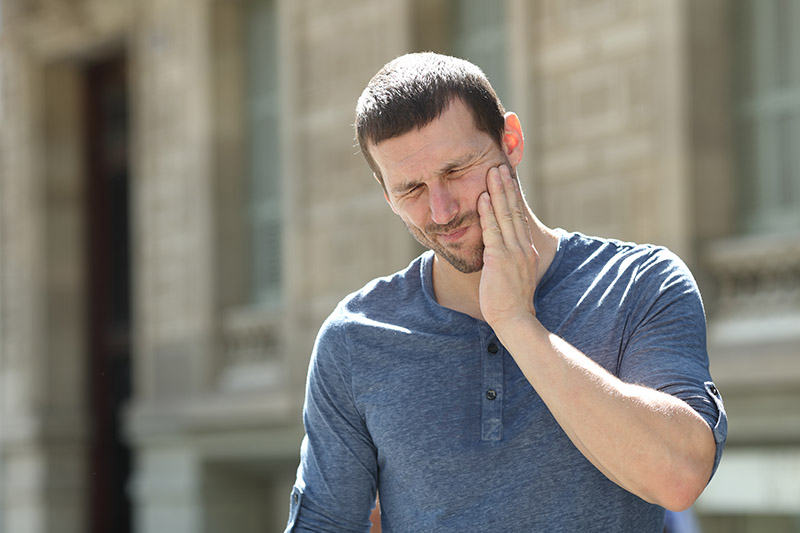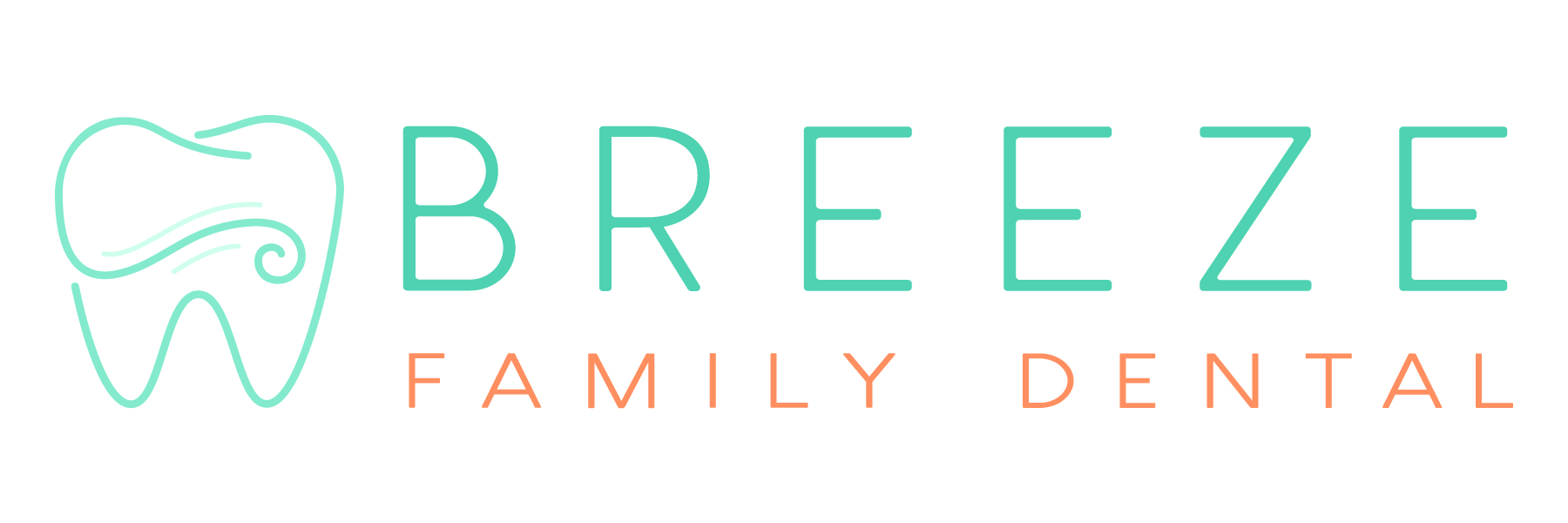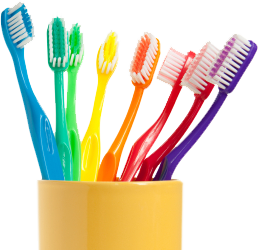Temporomandibular Joint (TMJ) treatment in Encinitas

According to the lay person, the TMJ (Temporomandibular Joint) is a term that is often used to identify a multifaceted, multi-etiologic group of problems that involve both medical as well as dental conditions involving the temporomandibular joint, muscles of mastication, the teeth/occlusion, as well as the central nervous system (nerves). It is clear that TMD or TMJ problems consist of a complex set of problems that go beyond genetic and bio-psychosocially mediated causes. It is a combination disorder of the teeth, muscles, temporomandibular joints, as well as the central nervous system in some that causes dysfunctions to the masticatory system as well as the whole postural system of the body. It is not a single cause related just to a ‘bad bite’ or a ‘malocclusion’ but rather a problem that is multi-faceted in nature affecting all of the above.
“Experts estimate that 75 percent of all headaches are caused by muscle tension, which may be related to the bite.” AGD/Oral Health Resources, Temporomandibular Joint Disorder (TMD), March 30, 2007. Literature also reports that with a frequency of 92%, pain in the temporal muscle was the most common symptom, followed by pain during mouth opening (89%) in both genders. Bagis B, et.al.: Gender Difference in Prevalence of Signs and Symptoms of Temporomandibular Joint Disorders: A Retrospective Study on 243 Consecutive Patients. Int J Med Sci 2012; 9(7):539-544.
Cooper and Kleinberg (April 2008), Haskin (1995), Emshoff (2003), Tasaki (1996), Katzberg, et al (1996) also reported that TMD comprised of the following:
- 70-89% Prevalence of TM Degenerative disease.
- 71.8% had posterior mandibular displacements.
- 53.9% had lateral displacements.
- 82.1% had over-closures (excess vertical freeway space).
- 84.1% were not coincident with the myo-trajectory.
Note: A much smaller percentage of individuals that present with symptoms of temporomandibular joint dysfunction have also been diagnosed by their physicians and healthcare providers as having biochemical imbalances related to nutritional/vitamin deficiencies and hormonal issues, leading to emotional and psychological anxieties and depressions. (Expert help in nutritional and psycho-social counseling may be of great importance to those with these particular needs). These factors should not be ignored!
WHAT ARE THE CAUSES OF TMJ?
Common problems that can occur with the temporomandibular joint are disc disorders or internal derangements of the disc, disc locations, tearing of the lateral and medial collateral ligaments due to traumatic injuries, inflammatory disorders such as synovitis/capsulitis, inflammatory arthritis, capsular fibrosis, ankylosis, subluxations, spontaneous dislocations, and chronic (recurrent dislocations) contributing to clicks and audible popping sounds. Fractures and hemarthrosis within the TM Joint should also be considered. Masticatory disorders (muscle pain), chronic mandibular hypomobility, mandibular hypermobility, growth disorders of the jaw (i.e. coronoid hyperplasia), and functional abnormal jaw closure patterns due to mal-aligned jaws and bad occlusion (bites) also should be recognized. Common misdiagnoses include fibromyalgia, migraineous head pain, neuralgias of the masticatory system as well as cervical/neck/shoulder and back pain.
Other terms the dental professional uses to describe this problem are the following:
- Temporomandibular Disorders (TMD)
- Myofascial Pain Dysfunction (MPD)
- Orofacial Pain (OFP)
- Craniofacial Pain (CFP)
- Craniomandibular Dysfunction (CMD)
- Cranio-mandibular Cervical Dysfunction
- Musculoskeletal Dysfunction (MSD)
“TMJ” pain is not just related to the jaw joints but also involves the surrounding masticatory muscles of the upper and lower jaws that also attach to the cervical neck and head together to allow a postural relationship to occur between the upper and lower arches of teeth. (The act of the maxillary and mandibular teeth coming together is what has been defined as occlusion).
Treatment: Lower Anatomical GNM Orthosis
The GNM orthotic is a specifically designed and custom fabricated “orthopedic” appliance where the treating clinician used strict bite (Optimization) recording protocols using both the J5 Myomonitor TENS to establish the occlusal position and K7 kineseograph. This appliance is unlike other classical appliances in that it implements both gnathologic and neuromuscular principles. The reader must not confuse this with other neuromuscular (NM) orthotics. The GNM approach and orthotic design is one that can’t been compared by meerly looking at the external (visual) features as much as to its true physiologic inherent components that support optimal muscles balance, TM joint harmony, occlusal harmony and many other functional features that move physical dysfunctions to physiologic quality health and shifts functional impairments to an improved quality of life. These are some of the attributes that patients have reported that makes a difference.
Advanced GNM dentists are trained in the use and management of this appliance to address the following more complex cranio-mandibular and cervical TMD pain problems:
- Cervical dysfunction problems – unresolved pain around the facial, temporal, occipital, SCM, shoulder, and posterior corner of the mandible.
- TMJ primary problems – unresolved click, popping, grating sounds, restricted opening and closing.
- Retrognathic Class II division 2 (maxillary incisors tipped back) problems – difficulty for most dentists to find a “physiologic jaw position.”
- Anterior open bite problems – unresolved TMD pain cases that have minimal to no overjet and overlap of the front teeth.
Give Us A Call
If you want to learn more about our dental cleaning procedure or if you have any other questions or concerns, then please call our office at 760-634-2024 and one of our receptionists will assist you.

